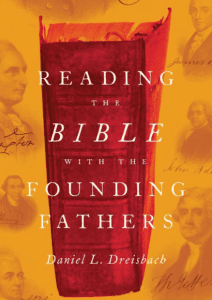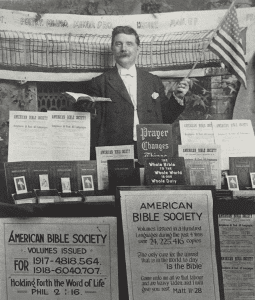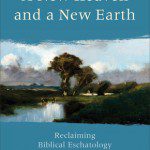 Brent Sandy’s sketch of reading the NT in the context of its own world of composition and communication, in his jointly authored book, The Lost World of Scripture: Ancient Literary Culture and Biblical Authority, sketches a number of propositions that will helps us comprehend the NT in its context. (We begin with 5 because the first four were covered in our post on Monday.)
Brent Sandy’s sketch of reading the NT in the context of its own world of composition and communication, in his jointly authored book, The Lost World of Scripture: Ancient Literary Culture and Biblical Authority, sketches a number of propositions that will helps us comprehend the NT in its context. (We begin with 5 because the first four were covered in our post on Monday.)
5. Much of the literature of the Greco-Roman world retained elements of a hearing-dominant culture.
6. Oral and written approaches to literature entail significant differences. Here he makes a few important comparisons:
(a) Orality functions well for powerful messages to smaller groups.
(b) Textuality communicates to a larger number over wider geographic areas and over time.
(c) Western logic sees orality best in some situations.
(d) Western logic sees the same for written.
7. Greek historians, philosophers and Jewish rabbis offer instructive examples of ancient oral culture.
8. Jesus’ world was predominantly non-literate and oral. Only the elite were literate, but Sandy sees Jesus as having scribal literacy — he could read and expound on written texts. There is no evidence that he could write as the scribes did.
9. Logos/Word referred to oral communication, not to written texts. In the Gospels when logos is used it is about Jesus’ speech, when it refers to the OT it is about written text. Thus, the “word of God” in the Gospels refers to the speech. And Jesus is the Logos as the speech of God.
10. Jesus proclaimed truth in oral forms and commissioned his followers to do the same.
11. Variants were common in the oral texts of Jesus’ words and deeds.
12. Throughout the New Testament, spoken words rather than written words were the primary focus.
13. Exact wording was not necessary to preserve and transmit reliable representations of inspired truth.











